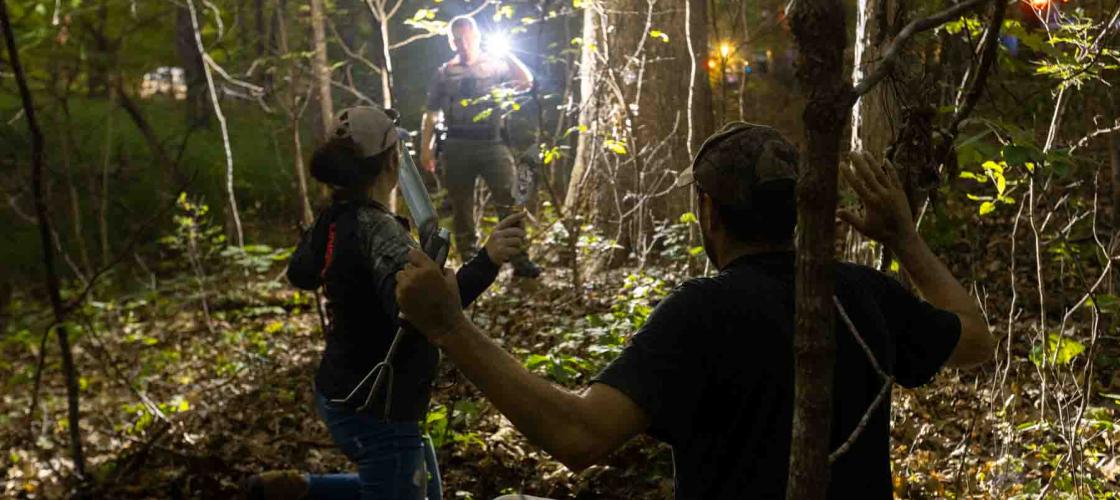
It wasn’t the trees Candy Page looked at that made her meeting with a logger in June 2020 so memorable — it was the trees she didn’t see.
Two trees to be specific. As Page and a logger drove across her Greene County property to discuss a potential timber sale, her eyes moved away from the mature trees that dotted the landscape and locked in on an opening created by two large walnut trees that were no longer there. On closer inspection, it was obvious they hadn’t been missing for long.
“It looked like the trees had been cut only a few hours ago,” she recalled. “The tops of the trees were very fresh, as were the tracks left by the thief in my hay field.”
Page had been the victim of property damage and timber theft — the cutting and removal of trees from her property without her permission. In this instance, the two walnut trees had been cut down, branches had been trimmed, and the trunks had been hauled away by a lumber larcenist who hoped to make money from the sale of the logs to a sawmill.
Greene County Conservation Agent Cpl. Shannon Ohrenberg was called to the scene to investigate. She measured the diameter of the cut stumps, collected evidence, and talked to a local logger to alert them to be on the lookout for these logs.
Beyond Hunting and Fishing
Timber theft is one of a multitude of natural resource-related crimes that are investigated by conservation agents. Although overseeing hunting and fishing laws may be the duties most often associated with MDC’s Protection Branch, the detailed investigative work Ohrenberg and other conservation agents did in the ensuing months on Page’s property after the crime was reported was clear evidence that protecting the state’s fish, forest, and wildlife resources involves more than keeping an eye out for out-of-season hunters or anglers who don’t have fishing permits.
“Conservation agents enforce provisions of Missouri’s criminal code to keep the places where people enjoy nature safe and inviting and to assist landowners with protecting and managing wildlife habitat and forest resources on their property,” said MDC Protection Branch Deputy Chief Travis McLain. “Assisting landowners with protecting their wildlife habitat and forestry resources primarily involves the enforcement of arson statutes related to wildland and forest fires, unlawful digging of protected plants such as ginseng, and damaging and/or stealing timber.”
Missouri’s conservation agents are certified peace officers who have authority to enforce a wide range of state laws, but the cornerstone of MDC’s Protection Branch is the Wildlife Code of Missouri. This set of conservation-oriented regulations is reviewed each year and approved annually by the Conservation Commission of Missouri. Though this set of conservation-oriented laws is online, its most-familiar version of the Wildlife Code is the pocket-size book (2023’s edition is 254 pages) that hunters, anglers, and other outdoor enthusiasts have thumbed through religiously for decades. Contained in this code are a compilation of rules that pertain to the legal oversight of the state’s fish, forest, and wildlife resources.
This code book includes legalistic terminology, but there’s a reason the arm of MDC that’s comprised of conservation agents is called the “Protection Branch” instead of the “Enforcement Branch” or some other title usually associated with the administration of laws. It’s because the work of MDC’s conservation agents — just like the agency’s biologists, foresters, and other employees — is about stewardship of the state’s outdoor resources.
“In addition to enforcement, conservation agents use a variety of strategies to increase voluntary compliance with the rules, including education and community engagement,” said MDC Protection Chief Randy Doman. “A key part of having sustainable natural resources is having laws in place protecting those resources, and an understanding and appreciation for those laws, so present and future generations can enjoy them.”
These legal protections apply to all the state’s fish, forest, and wildlife resources — not just those that are part of hunting and fishing activities.
Thus, timber theft, illegal digging of plants, forest arson, and the illegal collection and trafficking of reptiles and amphibians are among the crimes conservation agents are called upon to investigate in addition to violations related to hunting and fishing.
“These types of violations have always been an issue for conservation agents in some form or another,” McLain said. “The market and economy really dictates the frequency that these types of illegal activities occur. If the price of walnut logs are high, we are likely to see more damage and theft on both public and private lands than when the prices are low.”
Timber and Plant Theft
In the case of trees, it’s not just about stealing trees that can be sawed up into boards.
“Any tree species that has an economic value can be poached,” said Cpl. Brad Hadley, Shannon County conservation agent who has investigated a number of tree-theft and plant-poaching cases during his 24-year career. “This value doesn’t necessarily imply board-feet of lumber, or what would commonly be called ‘saw timber.’ The trees that are valued for their lumber are oaks, hickory, walnut, cedar, etc. There are also trees that have economic value for their bark, for their roots, or for their leaves. Additionally, some trees and shrubs are used to make furniture and interior decorations.”
Regardless of what type of tree is stolen off the land, the damage felt by the landowner goes beyond an assessed monetary value.
“If anyone thinks that timber theft is no big deal or does not happen in our area, they are very wrong,” Page said. “Wildlife poaching — which I have been a victim of — is the taking of something that is renewed annually. This is unfortunate and definitely needs prosecution, but it is not the same as the theft of mature trees that have taken many decades to grow and are a valuable asset to the property and may also be a source of income.”
Illegal harvest of plants for their purported medicinal value is another problem Missouri’s conservation agents sometimes investigate. Ginseng is the only plant in Missouri that has a regulated harvest. The state’s ginseng “season” is from Sept. 1–Dec. 31. Outside of those dates, all digging of ginseng is illegal.
Other plants alleged to have healing qualities are sometimes legally collected with the landowner’s permission, but other times unauthorized collection of these plants occurs. MDC State Botanist Malissa Briggler said the habitat losses caused by the collection of these plants for commercial purposes — whether it’s done legally or illegally — often far out-weighs any financial gains.
“There really isn’t a lot of money to be made in plant collecting,” said Briggler. “Getting financial returns from many botanicals involve digging the plant up for its roots and the price it brings is hardly worth the effort unless a large amount is taken. This large-scale harvest results in an area being depleted. The ecological damage from over-harvesting is significant and long-term.”
Detective Work
Investigating plant and timber thefts may involve a different set of questions than fish and game violations, but Hadley said the strategies are the same.
“It’s really just good old-fashioned detective work,” he said. “That means talking to surrounding landowners or neighbors that may have seen part or all of the crime being committed or witnessed unknown vehicles or people in the area. In the case of timber theft, we will also talk to area sawmills to seek their cooperation.”
This investigative legwork could lead to multiple prosecutions. For example, one incident could involve trespassing, property damage, and stealing.
As is the case with all other branches of MDC, citizen cooperation is vital to the success of a conservation agent’s regulatory efforts.
“The role of law-abiding citizens to catch poachers is very important,” McLain said. “Conservation agents can’t be everywhere at once and, thus, they rely heavily on reports from the public to catch poachers. The best thing that law-abiding citizens can do to help catch poachers is to be good witnesses and report suspected illegal activity in a timely manner. Record license plate numbers, vehicle descriptions, personal descriptions, and even snap a picture if it can be done safely. Then contact a conservation agent or other law enforcement agency immediately.”
Page agreed.
“We (landowners) need to help each other watch for this type of crime,” she said. “If you see someone in your area hauling a few logs on a trailer, check with your neighbors, try to get a description, and license number. Share camera footage if you have it. If you see or hear someone on your neighbor’s property, say something. Help each other.
“I would recommend that if you discover timber stolen from your property, that you report it to your local conservation agent,” she added. “You never know, they could be working on a related case. The more pieces of the puzzle they have to work with, the better.”
McLain said the value of the assistance Missouri’s law-abiding citizens provide to conservation agents cannot be overstated.
“It would be impossible to manage Missouri’s fish, forest, and wildlife resources without support and cooperation from private landowners,” McLain said. “Everyone benefits when we work together on both public and private lands to protect and conserve these resources.”
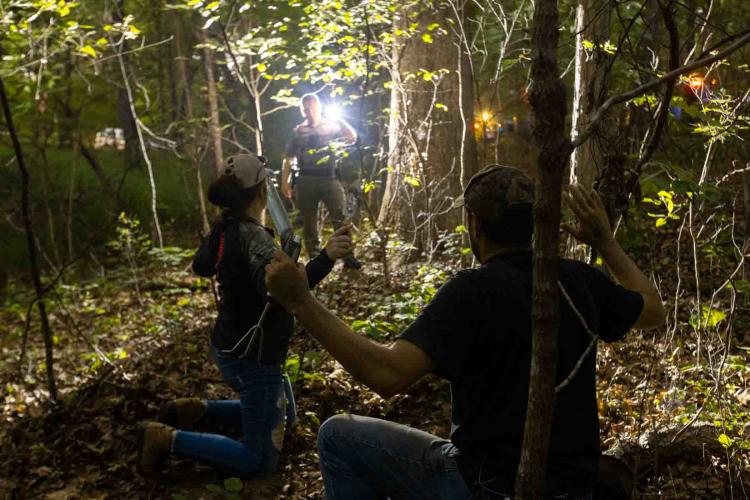
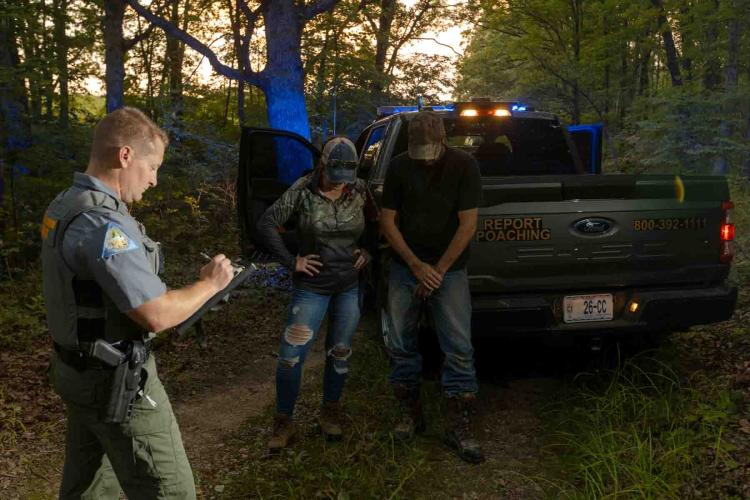
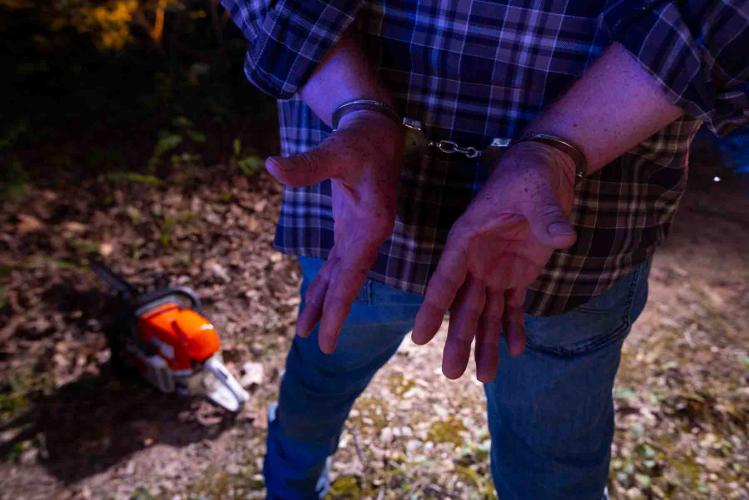
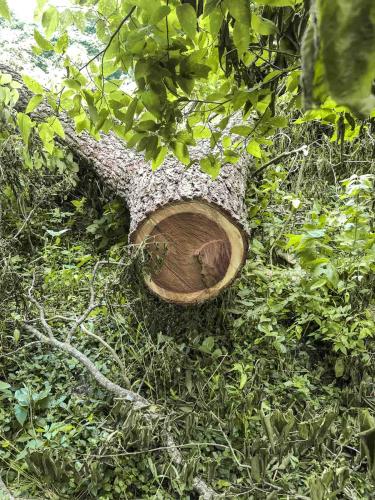
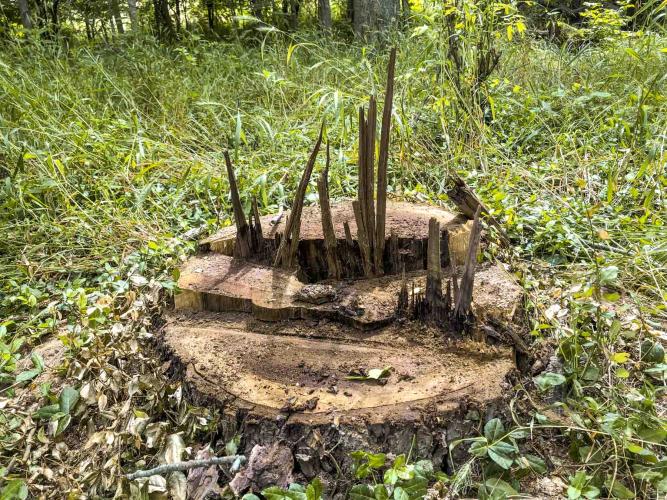
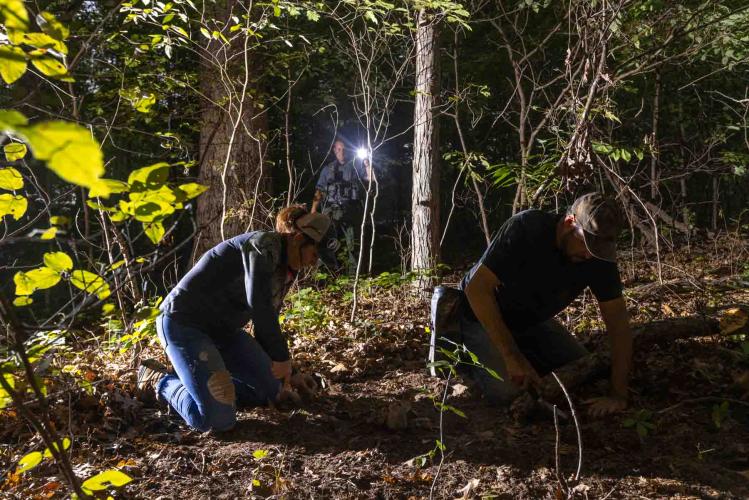
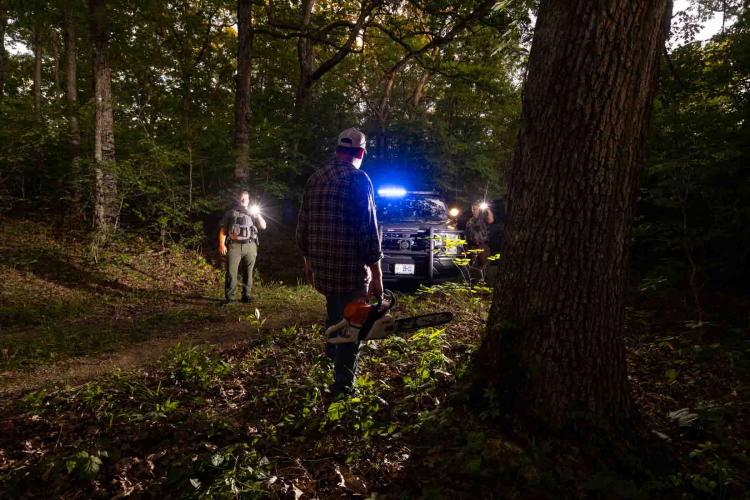
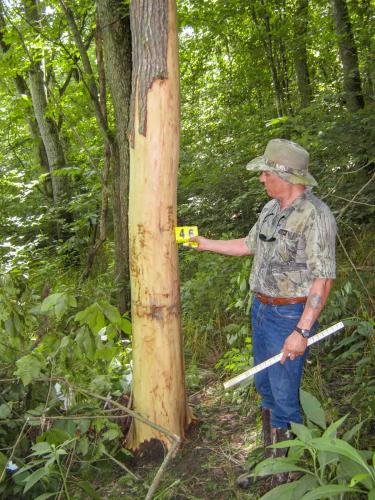

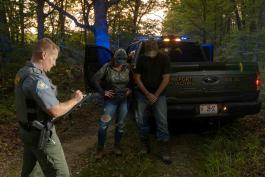
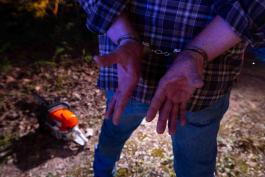
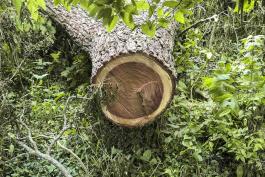
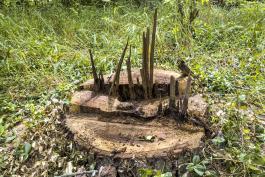
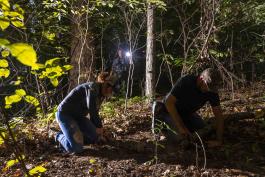
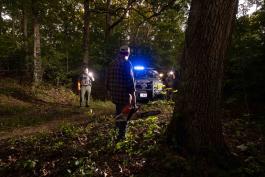
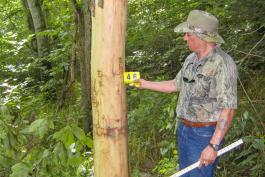
Also In This Issue

A magnificent bird to watch
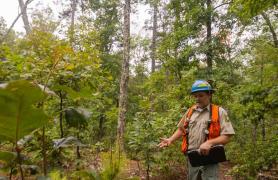
Drought, insects, fungi contribute to loss in oak forests
And More...
This Issue's Staff
Editor - Angie Daly Morfeld
Associate Editor - Larry Archer
Photography Editor - Cliff White
Staff Writer - Kristie Hilgedick
Staff Writer - Joe Jerek
Staff Writer – Dianne Van Dien
Designer - Shawn Carey
Designer - Marci Porter
Photographer - Noppadol Paothong
Photographer - David Stonner
Circulation – Marcia Hale






















